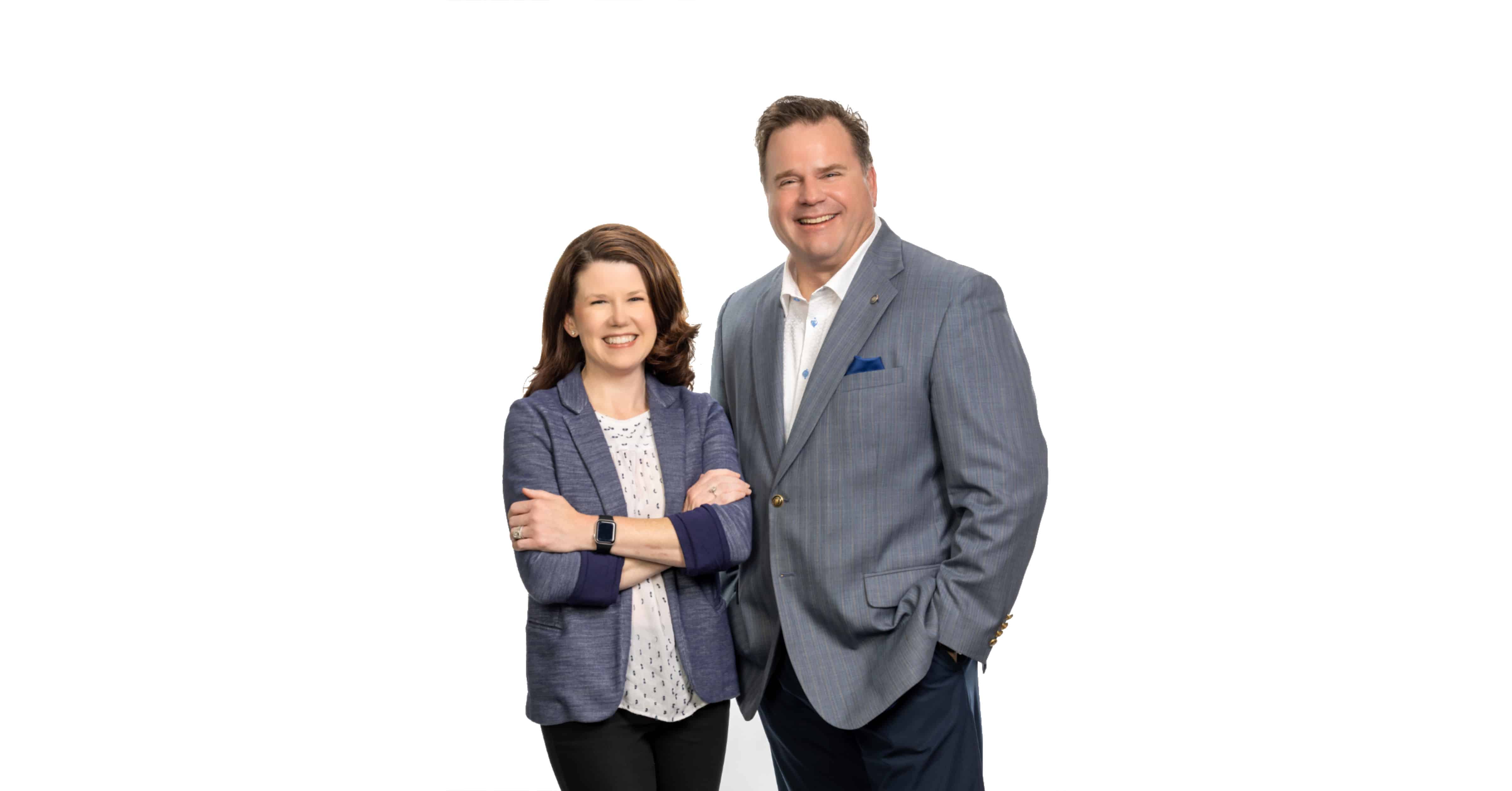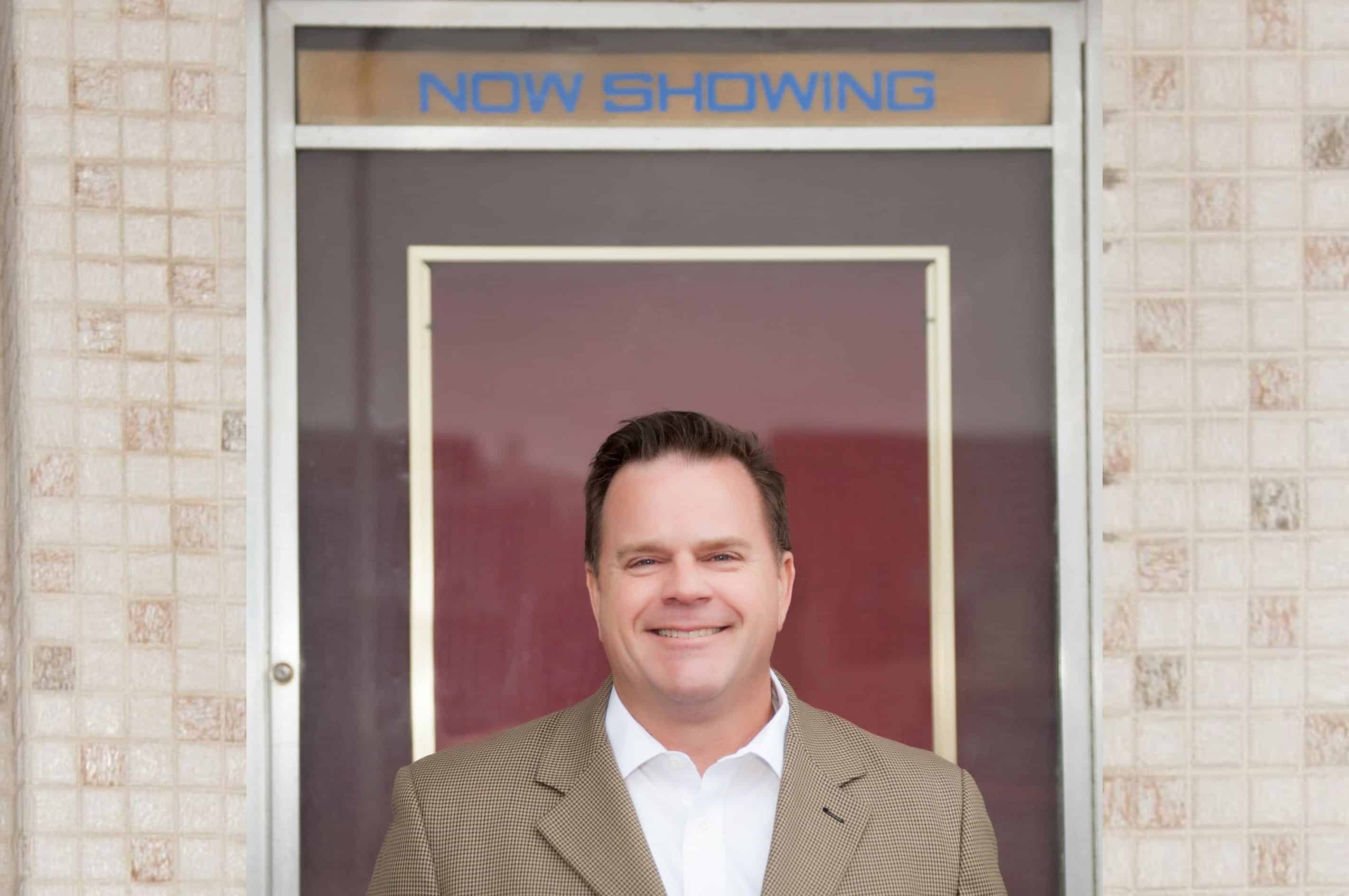Retiring is a big step in life for most people. Along with this new lifestyle comes the fear of the unknown. You do not have to be subject to these fears if you simply follow the process outlined in this article.
Let’s identify three fears causing the greatest concern for pre-retirees. First, most people have enjoyed a career where they receive consistent paychecks and benefits. At retirement, there is a sudden realization that the ever-flowing money and benefits immediately stop! You don’t have to feel this way if proper planning has been performed. For example, if you have saved properly in your employer retirement plan, a series of consistent payments can be established to provide you a lifestyle you desire. Proper assumptions must be considered when establishing this stream of cashflow to confidently assuage the underlying fear of “running out of money”.
Why would you work so hard all of your life to simply exist in retirement? I am pretty certain that no one listed “barely survive” as a retirement goal! Start saving for retirement early and you will reap the benefits of living a life you desire.
The second fear of pre-retirees is the unknown cash needs of other family members while the retiree is enjoying life. When planning and analyzing the needs of the potential retiree, it is critical that you consider the needs of other family members you have supported during your career. What I am referring to is the “sandwich” generation. Some individuals are not only caring for their retirement needs but the needs of their parents and/or children (hence the name, “sandwich” generation). Challenges to the traditional family structure have been monumental in the past two decades. In years prior, the retiree had only their existing household to care for during the period after employment. Now, the retiree may be called upon to assist in college funding, caring for an elderly parent, etc. The world is a different place today and these considerations should be given some thought during the planning process.
To alleviate this fear, consider allocating a certain amount of funds to be invested in a manner that provides for these needs. Are there assets of your parents that may have considerable value but no cash flow capabilities? If so, perhaps selling the property would provide sufficient support for your parents’ futures. If not, this special fund would give you confidence that your retirement is secure while also meeting your obligations you desire to undertake for your family members.
The third and final fear of pre-retirees is the rising cost of medical care and its negative impact on their retirement assets. This is a tough one for most people. Proper medical care is necessary to allow you to enjoy the highest quality of life in retirement. However, with medical care rising approximately 6% per year for pharmaceutical and physician visits, a significant ailment could wreck your well-planned future. Consider utilizing Medicare Programs to your advantage. For example, it is critical that you consider a supplemental plan to your Medicare Parts A and B coverages. The remaining 20% of inpatient costs would be a material burden on your assets and cashflow if you were required to pay it out-of-pocket. There are many types of supplemental plans that cover various levels of support. Analyze them and consult an expert for guidance to select the proper plan for your needs.
If you are concerned about the rising cost of prescription drugs, and are enrolled in Medicare, consider the Medicare Part D Program. You may find sufficient coverage for your needs for a small premium each month. One caveat to this plan is that you will be penalized for enrolling in a period after you are initially qualified at age 65. For example, after your 65th birthday, you are eligible to enroll in Medicare Part D.
However, your health is great and you don’t expect a costly amount of prescriptions. Then the unimaginable happens – at age 68 you experience a significant health event that requires expensive medication each month. You quickly enroll in Medicare Part D at the next enrollment period and realize that your monthly premium seems higher than you remembered at age 65. The difference in rates is the late enrollment penalty calculated at 1% of the national base beneficiary premium assessed each month from your originally qualified enrollment date to the month you enrolled in the program. In our example above, 36 months had lapsed from the date of the originally qualified enrollment date for the individual which means the monthly premium penalty would be 36%. As a result, your monthly premium for Medicare Part D coverage would be 36% higher than the national premium. As you can see, this penalty can become material rather quickly.
There are many factors to consider prior to retiring. We have a saying we use with our clients, “You retire for the first time only once. Don’t make a lifetime mistake when you do so.” Retirement planning is a process that should be addressed in advance and, to provide the greatest probability for success, consult a professional that specializes in retirement planning. Life is meant to be lived, not feared.








